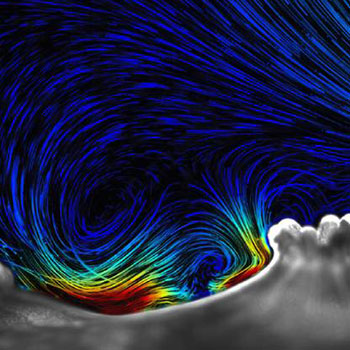Where does the spinal cord typically terminate?
1 Answer
The spinal cord terminates between the level of the L1 and L2 vertebral bodies in an adult. In a fetus the spinal cord extends to the lower end of the spinal column and spinal cord segments line up with spinal column segments. By birth the spinal cord terminates between the L1 to L3 vertebral bodies.
Explanation:
In an fetus the spinal cord extend the whole length of the spinal column. As the body grows the spinal column (bone, disc, and connective tissue) grows longer at a faster rate than the spinal cord (nervous system tissue) so that the lower end of the spinal cord becomes higher (more rostral) in relation to the lower spinal column levels.
This causes the lumbar and sacral nerve roots to exit the spinal cord well above the level that they exit the spinal column. In an adult it ends up that the terminal end of the spinal cord, called the conus medullaris, ends at about the L1-L2 level of the spinal column and the lumbar and sacral nerve roots descend as the cauda equina below this level to the lower lumbar and sacral exit neuroforamina.
Thus, for example, the L5 nerve roots exit the spinal cord well above the L5 vertebral body and descend in the spinal canal to exit the spinal canal at the level of the L5 vertebral body. The L5 roots exit below the L5 vertebral pedicles through the L5-S1 foramen.
Clinical correlation: This is why a lumbar puncture, also called a spinal tap, is performed at a level below the L2 vertebral body in an adult. This way the needle is entering the spinal canal caudal to the termination of the spinal cord. The spinal needle can typically push the descending nerve roots, floating in spinal fluid as a part of the cauda equina, easily out of the way without injury. If the needle was entering at the level of the spinal cord a significant spinal cord injury could occur. Spinal taps are typically performed at the L3-L4 or L4-L5 interspinous levels for this reason.

